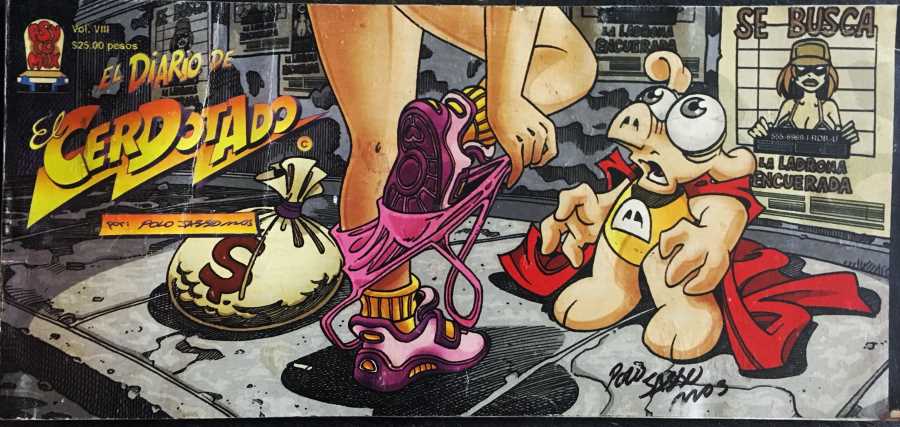The Entertaining Evolution of Mexican Comic Art
Mexico's comic history dates back to the 1920s, and its golden age in the 1930s saw classics like “La Familia Burrón.” While it had its ups and downs, the 1990s brought a rebirth with “Ultrapato” and the rise of Mexican comic studios, promising a bright future for the country's comic scene.

Let me take you on an ink-splattered journey through the captivating world of comics. It's a realm where superheroes soar, mischievous ducks acquire superpowers, and pigs don capes while cities teem with anthropomorphic animals. But before we dive into the tale of Ultrapato and his comic cohorts, we must turn back the pages of history to where it all began.
Long before Spider-Man swung across the skyscrapers of New York, and well before the caped crusader Batman prowled Gotham's dark alleys, comics in their infancy were as old as history itself. In the days of Ancient Greece, amphorae bore intricate drawings that spun stories for the masses. Stained-glass windows in medieval churches regaled the congregation with religious tales.




